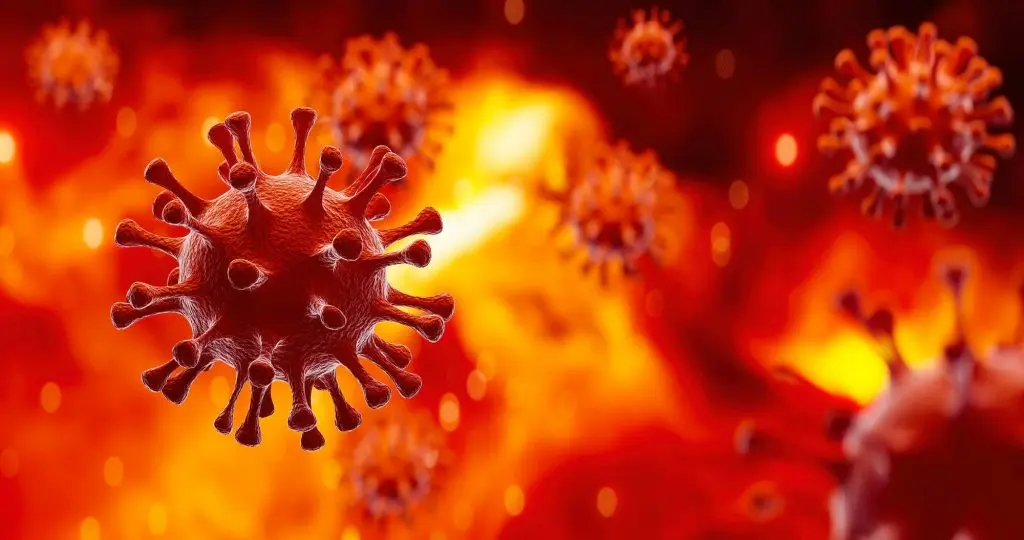FUTURE OF WORK, TECHNOLOGY TRENDS POST COVID 19
Midnet Media2021-12-06T14:01:44-05:00
Future of Work, Technology Trends Post COVID 19
COVID-19 has demonstrated the importance of digital readiness, which allows business and people’s life to continue as usual during pandemics. Building the necessary infrastructure to support a digitized world and stay current in the latest technology will be essential for any business or country to remain competitive in a post-COVID-19 world.
The COVID-19 pandemic will have a lasting effect not only on our economy, but on how we go about our daily lives, and things are not likely to return to pre-pandemic norms. While this pandemic has forced many businesses to reduce or suspend operations, affecting their bottom line, it has helped to accelerate the development of several emerging technologies.
The following technologies stand to flourish in a post COVID19 future:
- Cybersecurity
During COVID19 pandemic lock-down, when thousands of people are forced to work remotely, volumes of private data may have become vulnerable or at least not protected in a proper way. Cybercriminals took advantage of the fear factor of this virus to send their own viruses, there are many examples of such activities recently including fake domains of COVID19, phishing emails promising virus protection kits and even info about canceled summer Olympic games. In addition, there is an increase in ransomware attacks on health institutions and even hacking of research centers to steal any info about possible vaccine of COVID19. This emerging challenge may give another incentive to the Implementation of cybersecurity practices. Cybersecurity is one of the vital technologies for organizations, especially whose business processes are based on data-driven technologies. [1]
- Cloud computing
In post-COVID-19 world, cloud technology is likely to receive a surge in implementation across all types of apps. As the virus spread, people were forced to work from home and online learning models were implemented, the demand for cloud-based video conferencing and teaching has skyrocketed. Various cloud service vendors have actively upgraded their functions and provided resources to meet this demand. Microsoft reported a 775% spike in cloud services demand from COVID-19. Moving forward, businesses and educational institutions are likely to continue to make use of this technology. As demand for this technology continues to grow, implementation of this technology into mobile applications for easier access will be key, for the cloud the sky is the limit. [2]
- Artificial intelligence (AI)
Post-COVID-19, consumer behaviors won’t go back to pre-pandemic norms. Consumers will purchase more goods and services online, and increasing numbers of people will work remotely. As companies begin to navigate the post-COVID-19 world as economies slowly begin to reopen, the application of artificial intelligence (AI) will be extremely valuable in helping them adapt to these new trends. [3]
AI will be particularly useful for those within retail and supply chain industries. Through machine learning and advanced data analytics, AI will help these companies detect new purchasing patterns and deliver a greater personalized experience to online customers. [2]
AI tools analyze large amounts of data to learn underlying patterns, enabling computer systems to make decisions, predict human behavior, and recognize images and human speech, among many other things. AI-enabled systems also continuously learn and adapt. These capabilities will be extremely valuable as companies confront and adapt to the next normal once this pandemic subsides. [2]
- Voice User Interface (VUI)
As consumers are becoming increasingly concerned that their mobile devices (which are touched more than 2,600 times per day) can spread #coronavirus. As the fear of spreading germs grows, so will the use of voice tech in forms of voice user interface (VUI) , which can reduce the number of times one touches any surface, including our mobile devices. Almost 80% of our communications done using verbal communication, that’s why voice usage will continue to increase and extend to other smart-home components implicated as major germ hubs. As more TVs and entertainment components, light switches, appliances, plumbing fixtures, and alarm systems incorporate voice control functionality, there will be less need to touch them. [4]
- Internet of Things (IoT)
In 2019 there were about 26 billion IoT devices and it’s estimated by statista.com that their number will increase to 30.73 billion in 2020 and to 75.44 billion in 2025. The market value is about $ 150 billion with estimated 15 IoT devices for a person in the US by 2030.
IoT also fuels edge computing, thus data storage and computation become closer to the points of action, enabling saves in bandwidth and low latency. IoT will transform the user experience profoundly, providing opportunities that weren’t possible before. Gaining this experience may be forced by the pandemic, when people are spending almost all their time at home. IoT devices, that make life quality better and daily life more comfortable can become quite trendy. For example, telemedicine and IoT devices helping to monitor people’s health indicators may increase their popularity.[3]
COVID-19 has demonstrated the importance of digital readiness, which allows business and life to continue as usual – as much as possible – during pandemics. Building the necessary infrastructure to support a digitized world and stay current in the latest technology will be essential for any business or country to remain competitive in a post-COVID-19 world, as well as take a human-centered and inclusive approach to technology governance.
References:
[1] https://www.sharpminds.com/news-entry/the-future-of-it-covid-19-reality-5-technology-trends/
[2] https://clearbridgemobile.com/five-emerging-mobile-trends-in-a-post-covid-19-world/
[3] https://www.sharpminds.com/news-entry/the-future-of-it-covid-19-reality-5-technology-trends/
[4] https://datafloq.com/read/8-key-tech-trends-post-covid-19-world/8371


